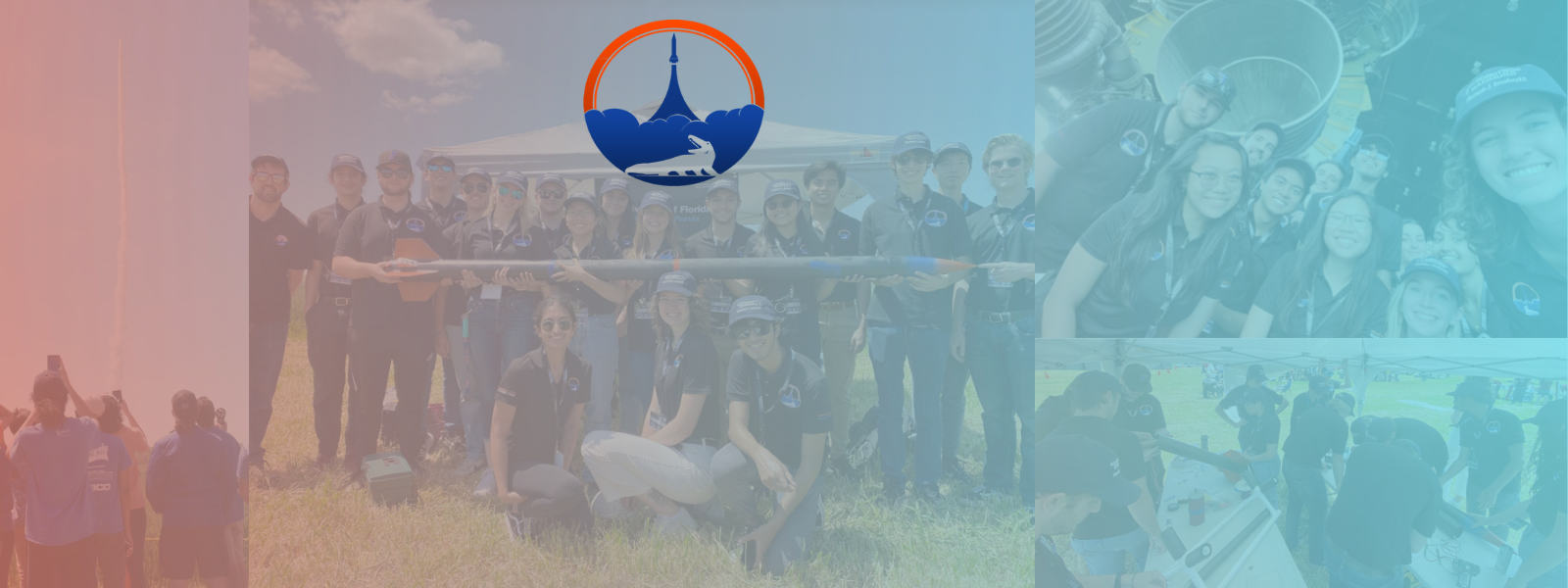In a field of 60 teams at the NASA Student Launch competition on April 23, UF’s competitive rocket design team, Swamp Launch, blasted its way to 4th place overall in the launch category and 3rd place for the payload design award.
The event, hosted at the Marshall Space Center in Huntsville, Alabama, is an annual contest among US universities to design, build, and fly payloads or vehicle components according to the specifications and challenges set by NASA. Its purpose is to provide resources and experience to students and faculty, who in turn produce cost-effective research that is relevant to NASA’s Space Launch System. Judges of Student Launch include NASA personnel and members of the American Institute of Aeronautics and Astronautics (AIAA).
The eight-month process was an arduous one for Swamp Launch, starting with NASA’s release of the Request for Proposal (RFP) last August, in which they outlined this year’s specific challenge and invited universities to submit proposals. The task at hand for the 2022 Student Launch was to build a rocket that could know where it was landing without using a GPS to tell its location. University aerospace design teams had a month to submit proposals, the best of which are then selected by NASA for the competition. From there, Swamp Launch and the other participating teams (which hailed from 22 different states), had to produce a preliminary design review, a critical design review, a flight readiness review, a launch readiness review, and eventually a post-launch assessment review to analyze data and reflect on how their rocket fared. These reports are graded based on factors such as continuity errors, safety considerations, formatting, and other criteria.
Team president Joel Perez said that expectations for Swamp Launch were fairly high heading into this year’s contest due to the team’s level of experience.
“We were all pretty excited. We had a lot of people on the team with a lot of experience,” he said. “We came in really prepared.”
In their approach to the assignment, the team decided to build a rocket that would climb to an altitude high enough to get a good perspective of the ground, and then use image recognition based on satellite photos to determine where it was. However, since the rocket would perceive less of the surrounding terrain as it descended, they also had to design a displacement component that would use inertial measurement units to calculate the distance the rocket traveled. After designing these components, the team tested them on a subscale rocket, analyzed data, and made modifications until they were satisfied.
Perez also described how Swamp Launch grew in size this year after a COVID-induced shrinkage had beset them the year before. Limited access to lab spaces and other on-campus resources, as well as the resulting lack of hands-on work and in-person meetings, had caused a rapid decline in membership during the height of the pandemic.
This successful finish at Student Launch, however, signals a strong and vigorous recovery. And Perez radiates optimism about the team’s ability to continue its lift-off into a universe of prosperity, both at future Student Launches and at the Intercollegiate Rocket Engineering Competition (IREC) in Las Cruces, New Mexico (another annual rocket design contest for universities).
“That experience that they’re going to have going into it will be very beneficial to them, because they learned a lot this year and they should be able to apply what they’ve learned moving forward,” he said. “You can only keep going up from here.”
Ben Crosbie
Marketing & Communications Student Assistant
UF Mechanical & Aerospace Engineering
July 14, 2022

